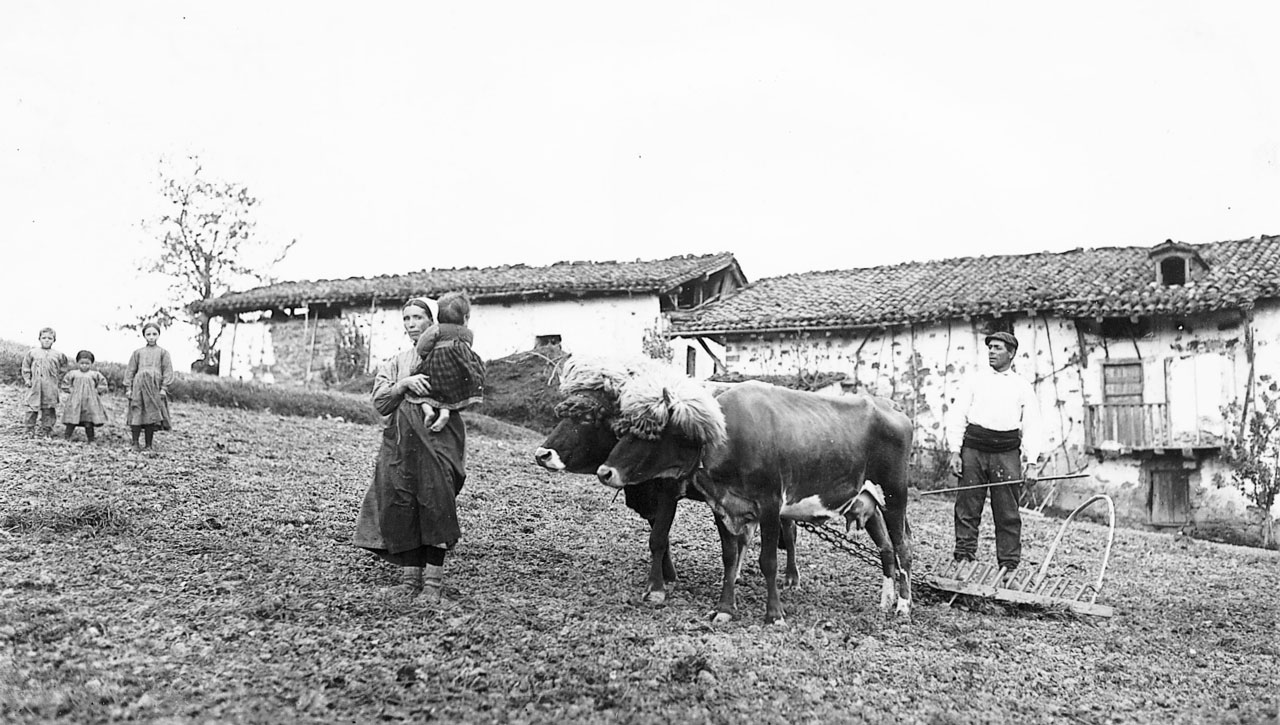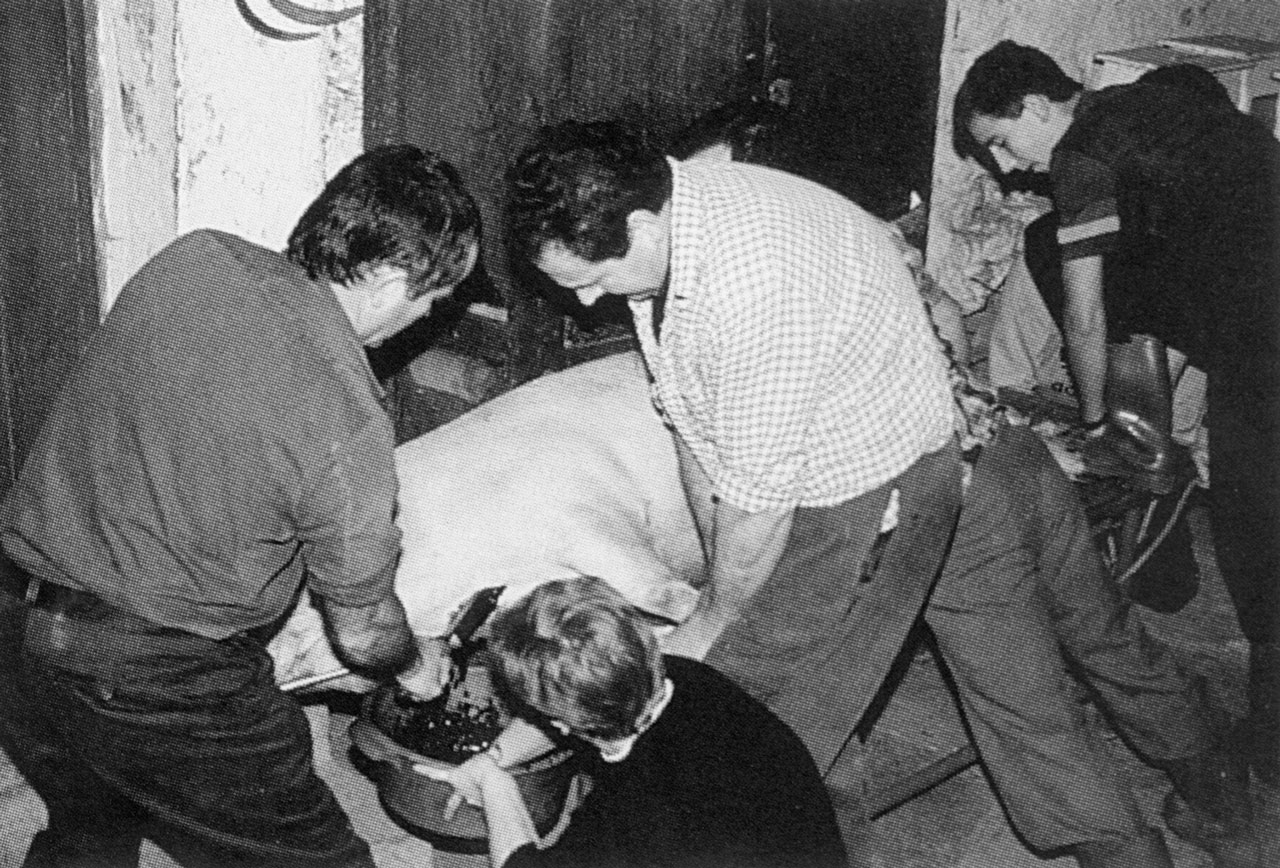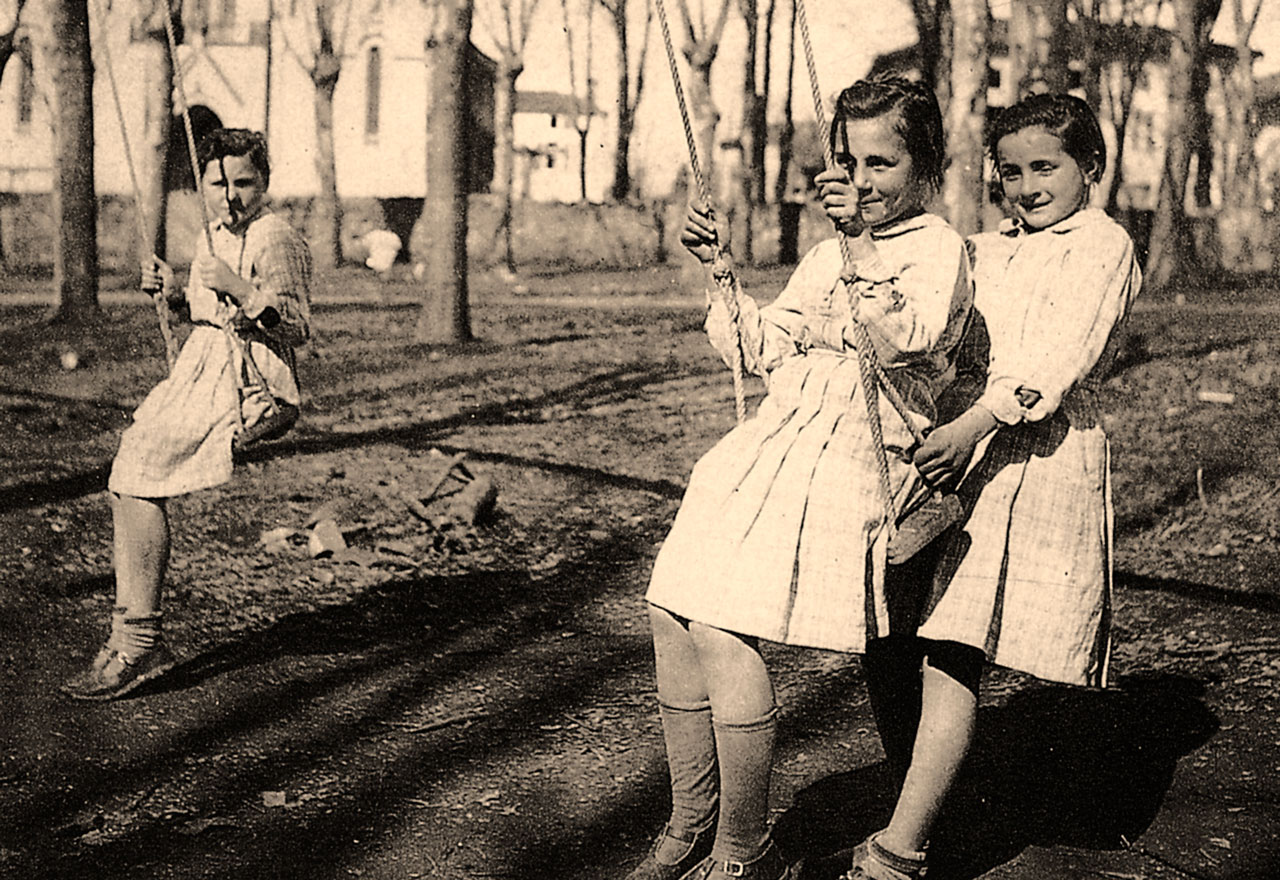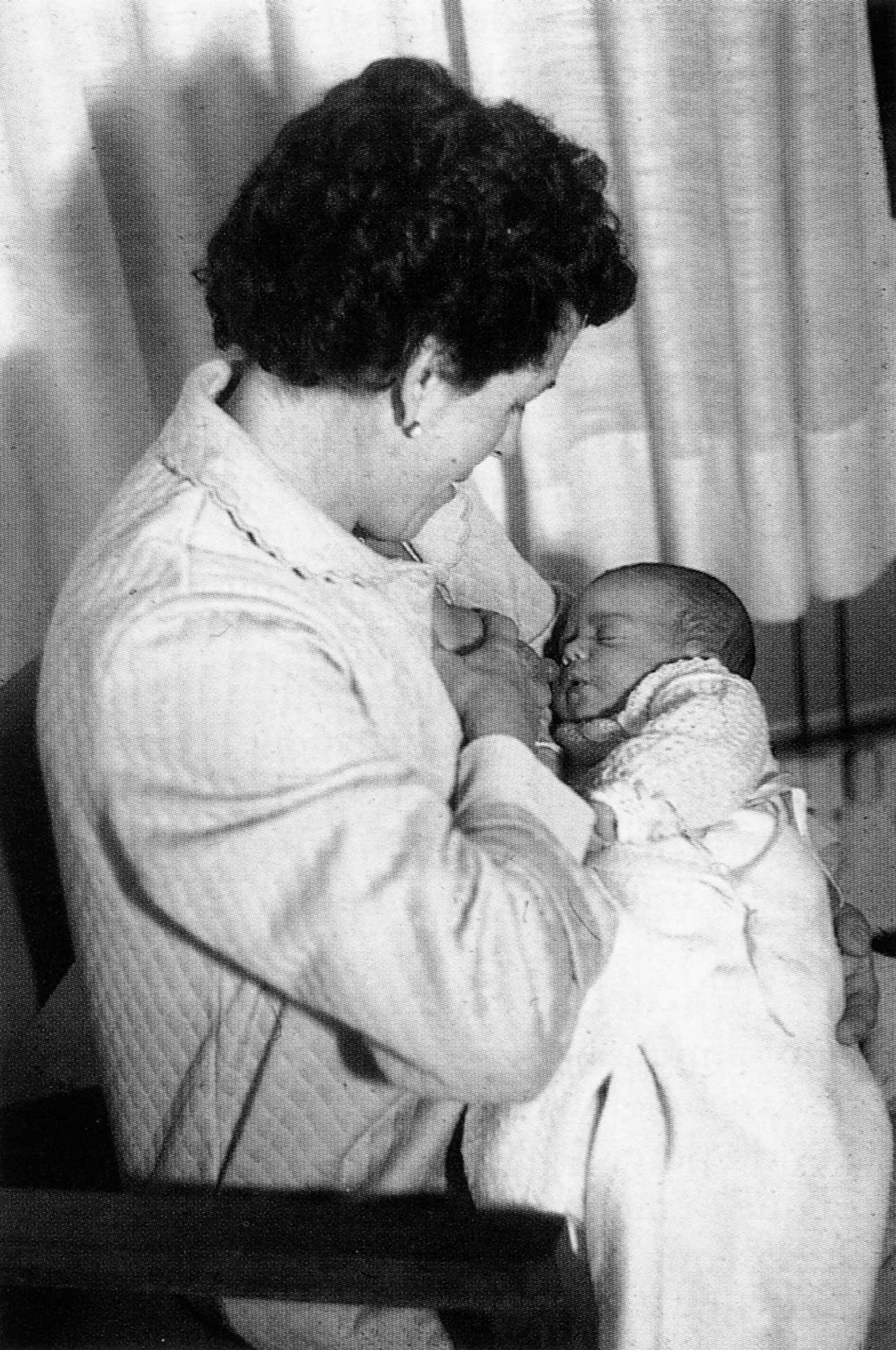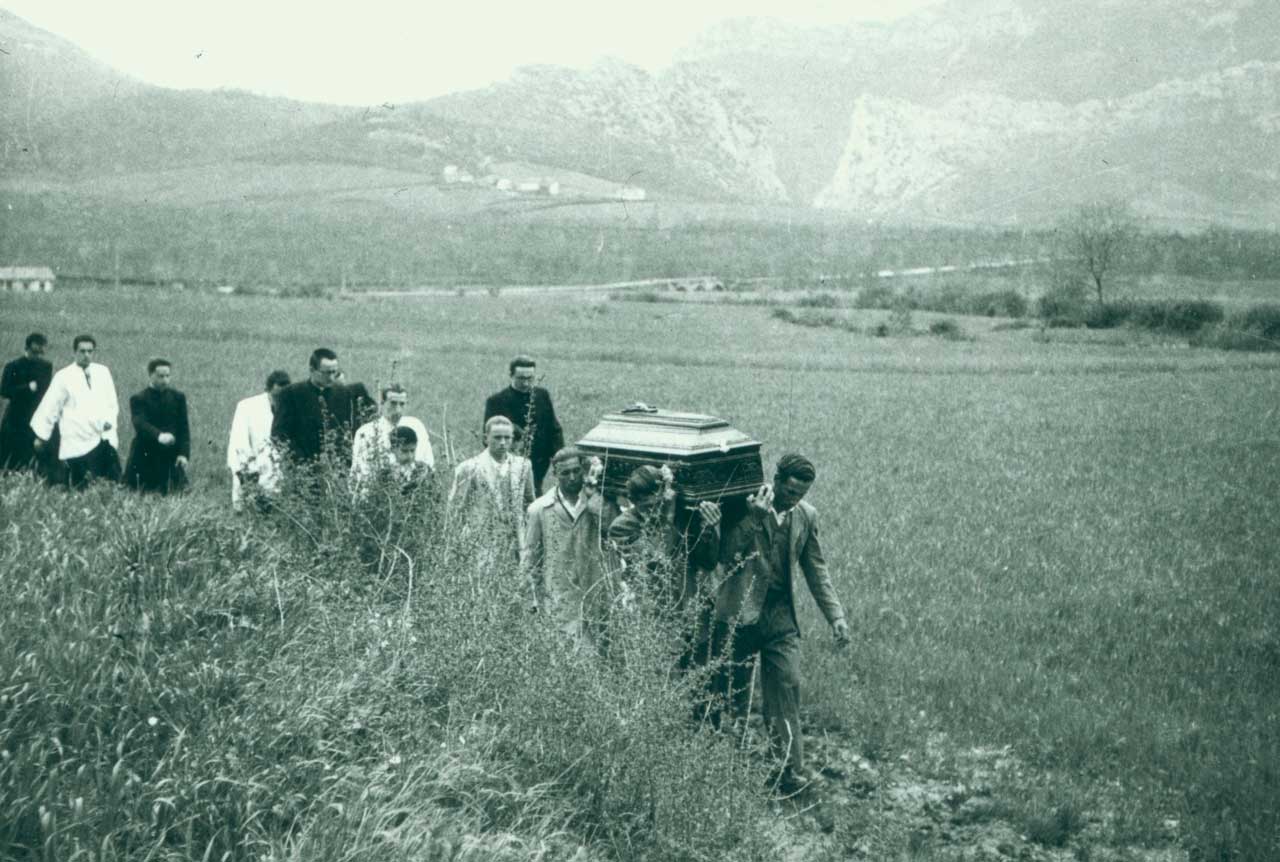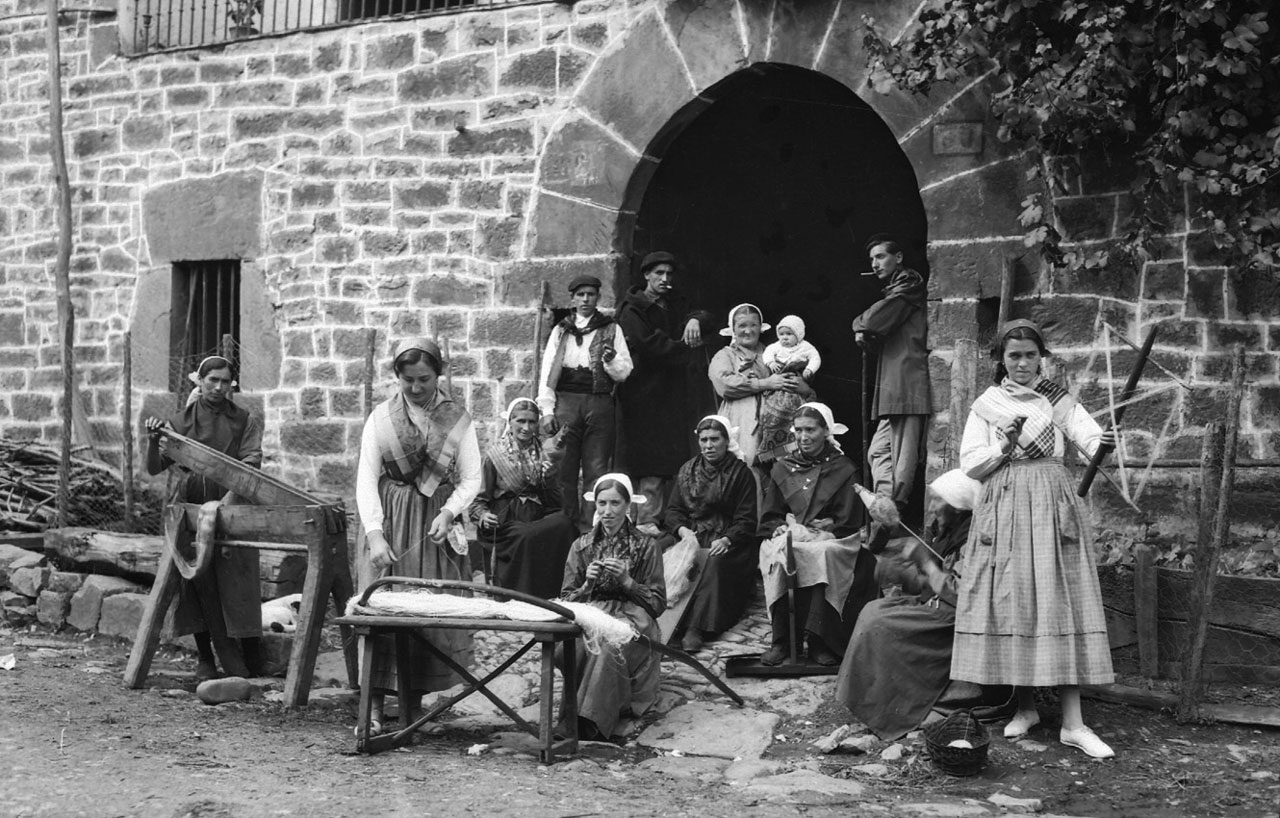Diferencia entre revisiones de «Main Page/en»
De Atlas Etnográfico de Vasconia
| Línea 104: | Línea 104: | ||
====[/atlas/juegos/A-chorro-morro.jpg|Leapfrog jumping. Source: Iñigo Irigoyen, José. Folklore Alavés. Vitoria-Gasteiz: Chartered Government of Álava, 1949.|''Astoka'' <br />One or more participants bend down in a position that is usually called a frog and the others jump over them.||]==== | ====[/atlas/juegos/A-chorro-morro.jpg|Leapfrog jumping. Source: Iñigo Irigoyen, José. Folklore Alavés. Vitoria-Gasteiz: Chartered Government of Álava, 1949.|''Astoka'' <br />One or more participants bend down in a position that is usually called a frog and the others jump over them.||]==== | ||
| − | ====[/atlas/juegos/ | + | ====[/atlas/juegos/Vestidos_y_adornos_vegetales_Egozkue_1967.png|Vegetal clothing and accessories. Egozkue (N), 1967. Source: José Zufiaurre, Etniker Euskalerria Groups.|Akerrak adarrak okerrak ditu, <br />adarrak okerrak akerrak ditu, <br />okerrak adarrak akerrak ditu. <br /><br />''Tongue-twister''||]==== |
====[/atlas/juegos/A-enfermeras-Getxo-1993.jpg|Doctors and nurses. Getxo (B), 1993. Source: Jon Elorriaga, Etniker Euskalerria Groups.|Txikia banintzen, handia banintzen, maiatzerako burutu nintzen. <br />''Riddle''||]==== | ====[/atlas/juegos/A-enfermeras-Getxo-1993.jpg|Doctors and nurses. Getxo (B), 1993. Source: Jon Elorriaga, Etniker Euskalerria Groups.|Txikia banintzen, handia banintzen, maiatzerako burutu nintzen. <br />''Riddle''||]==== | ||
| − | ====[/atlas/juegos/ | + | ====[/atlas/juegos/Umetxo-taldea_Zeanurin_aurrekoa_parrantolarekin_Zeanuri_1920.jpg|Group of children. Zeanuri (B), 1920. Source: Labayru Fundazioa Photograhic Archive: Felipe Manterola Collection.|Children in the traditional society, both in towns and in countryside, only really had the toys that they made themselves. Games were more common than toys, and the latter were just a basis for the former.||]==== |
====[/atlas/juegos/Ninos-con-patinetes-y-triciclos-en-la-Florida.jpg|Children riding scooters and tricycles at Florida Park. Source: Municipal Archive of Vitoria-Gasteiz: Ceferino Yanguas.|Humans play games throughout their lives; however, that activity has a clearly different role for children and adults.||]==== | ====[/atlas/juegos/Ninos-con-patinetes-y-triciclos-en-la-Florida.jpg|Children riding scooters and tricycles at Florida Park. Source: Municipal Archive of Vitoria-Gasteiz: Ceferino Yanguas.|Humans play games throughout their lives; however, that activity has a clearly different role for children and adults.||]==== | ||
| Línea 122: | Línea 122: | ||
====[/atlas/juegos/Asto-astoka-Zeanuri-1920.jpg|Leapfrog. Zeanuri (B), 1920. Source: Labayru Fundazioa Photograhic Archive: Felipe Manterola Collection.|—Arre, arre, <br />mandako, bihar Tolosarako, <br />etzi Panplonarako. <br />—Handik zer ekarriko? <br />—Zapata ta garriko. <br /><br />''Children’s chant''||]==== | ====[/atlas/juegos/Asto-astoka-Zeanuri-1920.jpg|Leapfrog. Zeanuri (B), 1920. Source: Labayru Fundazioa Photograhic Archive: Felipe Manterola Collection.|—Arre, arre, <br />mandako, bihar Tolosarako, <br />etzi Panplonarako. <br />—Handik zer ekarriko? <br />—Zapata ta garriko. <br /><br />''Children’s chant''||]==== | ||
| − | ====[/atlas/juegos/ | + | ====[/atlas/juegos/Zotzetara_Zeanuri_1993.jpg|Drawing of lots. Zeanuri (B), 1993. Source: Ander Manterola, Etniker Euskalerria Groups.|Txirristi-mirristi, gerrena, plat, <br />olio-zopa, kikili-salda, <br />urrup edan edo klik, <br />ikimilikiliklik. <br /><br />''Drawing lots chant''||]==== |
| − | ====[/atlas/juegos/ | + | ====[/atlas/juegos/Velando_el_sueno_1914.png|Watching over the child. Source: Novedades. Donostia, 1914.|Obabatxua lo ta lo, <br />zuk orain eta nik gero; <br />zeuk gura dozun orduren baten, <br />biok egingo dogu lo ta lo. <br /><br />''Lullaby''||]==== |
Revisión del 13:19 11 mar 2020
Mutual cooperation. Zeanuri (B), c. 1915. Source: Labayru Fundazioa Photograhic Archive: Felipe Manterola Collection.
House and Family in the Basque Country


House and Family in the Basque Country
The rural farmstead was an institution made up of the building, its land, its dwellings and by tradition, in other words, by that web of relations that closely links the current generation with past ones.
Family Diet in the Basque Country


Family Diet in the Basque Country
Odolosteak ordeaz. Neighbours and relatives are given black puddings and other pork cuts as a gift at pig slaughter time. It is an act of courtesy, an expression of the close bond shared with them, and part of an established exchange ritual.
Children’s Games in the Basque Country


Children’s Games in the Basque Country
Sirrin-sarran, domini pan, zure semea errotan, errota txiki, errota handi, eragin deutso, pin-pan.Children’s chant
Traditional Medicine in the Basque Country


Traditional Medicine in the Basque Country
Osasuna, munduko ondasuna. The first wealth is health.
Rites from Birth to Marriage in the Basque Country


Rites from Birth to Marriage in the Basque Country
Haurrak negarrik ez, titirik ez. A baby who does not cry, does not suckle.
Funeral Rites in the Basque Country


Funeral Rites in the Basque Country
Dying on a rainy day or if it rained after the death showed that the soul would be saved: gorputz ona, euritsu.
Livestock Farming and Shepherding in the Basque Country


Livestock Farming and Shepherding in the Basque Country
The permanence of shepherding in the mountains of the Basque Country over centuries may help understand the fact that denominations given to diverse species of livestock, as well as to the implements used, form a distinguishing lexical corpus, independent from Indoeuropean languages.
Agriculture in the Basque Country


Agriculture in the Basque Country
Linoaren atsekabeak, amaigabeak. Producing fine linen is hard work.
